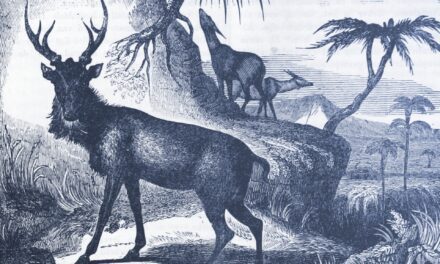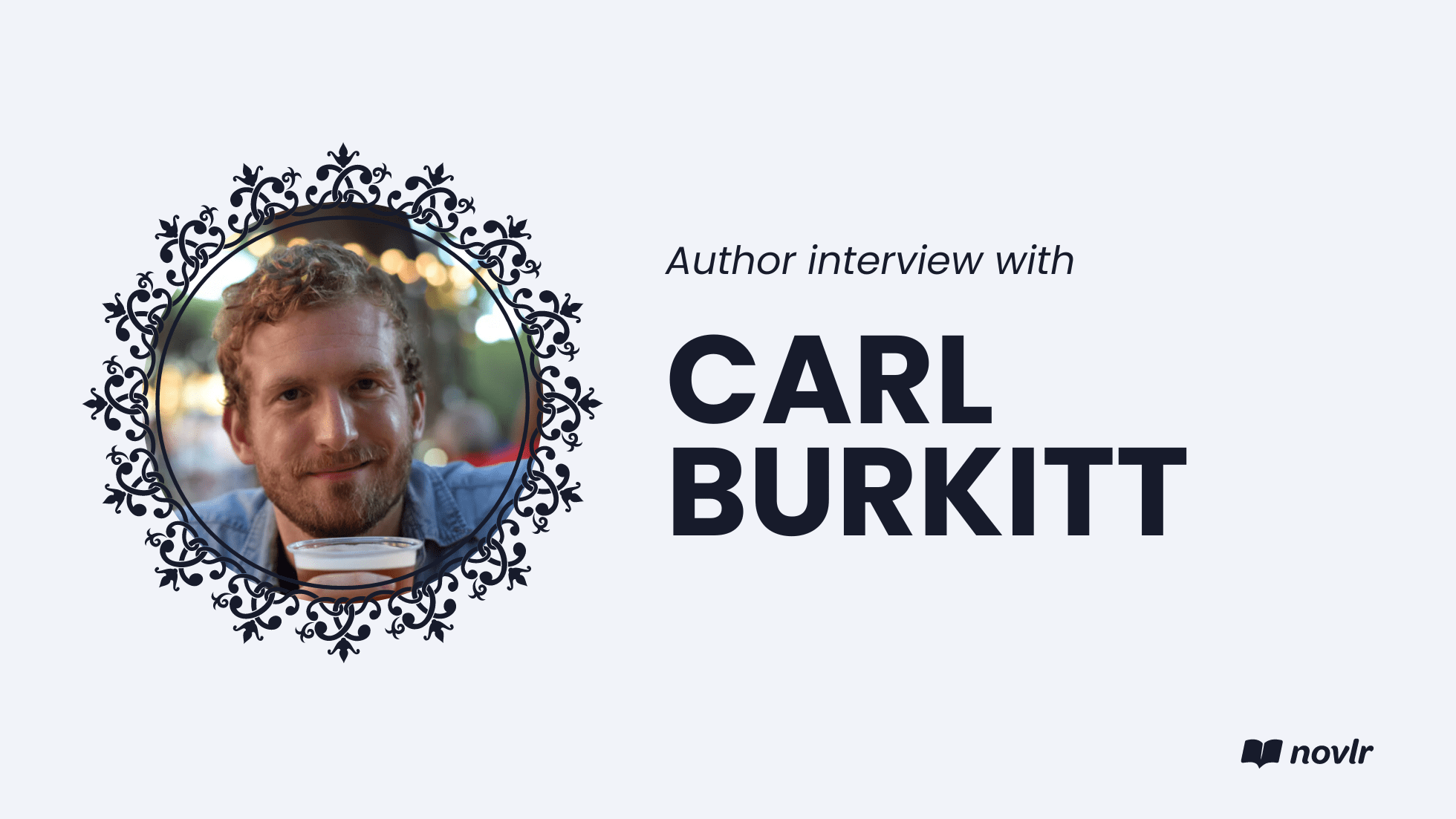
Genre Talk: Exploring the World of Dark Academia

Originating as an internet phenomenon, Dark Academia has captured the imaginations of both writers and readers. With its blend of intellectualism, Gothic aesthetic, and mysterious atmosphere, Dark Academia has transcended its beginnings to establish itself as a thriving literary genre.
Countless books have been written to cater to the deep love readers have for this genre, while existing works have found new audiences by being reclassified within its framework. Let’s take a look at what makes Dark Academia such a popular genre!
What is Dark Academia?
Dark Academia is a literary and aesthetic genre that revolves around the themes of academia, intellectualism, and a mysterious atmosphere. It is characterised by its focus on scholarly pursuits, a dark and gothic aesthetic, and often involves themes of secret societies, intellectualism, and passion for learning. Dark Academia draws inspiration from classic literature, ancient Greek and Roman culture, and Gothic architecture and sits comfortably under genre headings like mystery, thriller, horror, fantasy, young adult, children’s, and general fiction.
The concept of Dark Academia emerged as an internet phenomenon on the social media platform Tumblr in 2015. It initially started as an aesthetic movement, with different fandoms using the site to share images of dark and Gothic revival interior designs and architectural photos, including mood boards and fashion trends, often inspired by the Ivy League schools of the 1930s and 40s.
The aesthetic soon grew into a unique subculture within the online community, and in 2017, the popularity of Dark Academia experienced a significant surge on Instagram. It propelled Dark Academia into the mainstream consciousness, solidifying its standing as a distinct and captivating genre.

What are the key characteristics of Dark Academia?
In the world of Dark Academia, certain key characteristics illuminate the essence of the genre. These elements intertwine to create a world that celebrates the pursuit of knowledge, invites us into dimly lit libraries, and draws inspiration from classic literature.
- Intellectualism: Dark Academia celebrates the pursuit of knowledge and a love for learning. It is not just about attending prestigious universities, but also about engaging with literature, philosophy, and art.
- Romanticising academic life: Dark Academia romanticises academic life, depicting it as a world full of intellectual pursuits, deep conversations, and a constant thirst for knowledge. Characters will often monologue or engage in deep intellectual discussions on academic topics.
- Gothic themes: This genre embraces a dark and gothic aesthetic, often featuring elements like old libraries, grand architecture, vintage fashion, night-time settings, stormy weather, and fog.
- Literary references: The genre draws heavily from classic literature, showcasing a deep appreciation for ancient philosophy, folklore and mythology, or classic authors who share a similar gothic aesthetic, like Oscar Wilde, Lord Byron, and Charlotte Bronte. Lovers of Dark Academia can often be found quoting poetry, discussing philosophical concepts, and organizing book clubs.
- A distinct aesthetic: Dark Academia has a distinct visual style that is characterised by a blend of vintage fashion, tweed blazers, turtleneck sweaters, and old-fashioned accessories. The colour palette is often muted and includes deep shades of black, grey, brown, and dusty blues.
- Mysterious atmosphere: Dark Academia creates an atmosphere of secrecy, hidden knowledge, and intrigue. It often incorporates elements of Gothic architecture, dimly lit libraries, candlelit study rooms, and abandoned or decaying buildings.
Dark Academia tropes and themes
Like any genre, Dark Academia is characterised by certain tropes and themes that readers have come to expect and enjoy. While not every Dark Academia story will include all of these tropes, many novels in this genre feature one or more of the following:
- Book lovers: Dark Academia often revolves around characters who have a deep love and appreciation for books. They are often avid readers, frequenting libraries and second-hand bookstores, finding solace and inspiration in the written word.
- Obsession: Dark Academia stories frequently explore the theme of obsession. This can be anything from an obsession with a particular subject of study, a mysterious manuscript, or a character’s quest for knowledge itself.
- Mysterious texts: Dark Academia often features mysterious texts that hold hidden secrets or ancient knowledge. These texts serve as catalysts for the story, driving the characters to unravel their mysteries and leading them down dark and twisting paths.
- A central mystery: Central to many Dark Academia stories is the presence of a mystery that the characters must unravel. This mystery may involve a crime, a secret society, or a hidden agenda, and it often serves as the driving force behind the narrative.
- Secret societies: Dark Academia frequently incorporates secret societies. These exclusive groups exist within the academic setting and engage in hidden rituals, possess arcane knowledge, and maintain a sense of mystery and intrigue.
- Hints at the supernatural: While not always overt, Dark Academia often includes subtle hints or undertones of the supernatural. These hints add an element of mystique and uncertainty to the story, blurring the line between reality and the supernatural world (although Dark Academia stories that fall under the fantasy umbrella will include the supernatural more overtly).
- Elitism: Dark Academia stories often explore themes of elitism, portraying academic environments where competition, exclusivity, and privilege play significant roles. Characters may find themselves navigating the complexities of social hierarchies and striving for recognition within these elite circles.
- Morally grey characters: Dark Academia frequently features morally complex or ambiguous characters. These individuals may possess questionable motives or engage in ethically ambiguous behaviour, blurring the lines between protagonist and antagonist.
- Cliques: Within the academic setting of Dark Academia, cliques or tight-knit groups are often present. These cliques may be formed around shared interests, subjects of study, or even secret societies. They serve to create social dynamics and relationships that shape the narrative.
- Eurocentrism: Dark Academia often leans towards Eurocentric influences in its literature, art, and aesthetics, which is one of the main criticisms levelled against the genre. This can be seen in the preference for classic Western literature, architecture, and fashion. However, it is important to note that Dark Academia does not have to be limited to Eurocentric perspectives, and there is room for diverse voices and perspectives within the genre.

How to write Dark Academia
Writing in the Dark Academia genre involves capturing the essence of intellectualism, mystery, and the pursuit of knowledge. Here are a few tips to help you on your writing journey:
- Research: Dive deep into classic literature, historical events, and philosophical concepts. This will help you infuse your writing with intellectual depth and authenticity.
- Create atmospheric settings: Set your story somewhere that speaks to the genre, like a mysterious library, an old university campus, or an ancient castle. Use descriptive language to evoke the senses and transport your readers into your character’s worlds. Darka Academia is as much about the setting as it is about the story and characters.
- Develop complex characters: Focus on creating multidimensional characters who are intellectual, passionate, and haunted by their own secrets. Explore their inner struggles, desires, and conflicts.
- Weave in themes of knowledge and discovery: Incorporate themes of the pursuit of knowledge, the search for hidden truths, and the exploration of the dark side of human nature. Show the characters’ thirst for knowledge and their journey of self-discovery as they navigate the secrets and mysteries that surround them.
- Use poetic language: Dark Academia lends itself well to rich, descriptive prose and poetic imagery. Experiment with language and metaphors to create a lyrical and atmospheric tone.
- Build tension and suspense: Keep your readers engaged by creating a sense of unease and anticipation. Use cliffhangers, foreshadowing, and plot twists to maintain a gripping narrative.
- Explore moral ambiguity: Dark Academia allows for complex and morally grey characters. These characters often have questionable motives and engage in ethically ambiguous behaviour, blurring the lines between right and wrong. Explore the moral dilemmas they face and challenge traditional notions of good and evil.
- Balance darkness and light: Dark Academia often has a melancholic undertone, but it’s important to balance the darkness with moments of light. Explore moments of beauty, hope, and redemption to add depth and complexity to your narrative.
Recommended Dark Academia Books
Note: All purchase links in this post are affiliate links through BookShop.org, and Novlr may earn a small commission – every purchase supports independent bookstores.






























